Did you know that neglecting your roofing materials maintenance can slash your roof’s lifespan by up to 50% ? Your roof is one of your home’s most significant investments, yet it’s often out of sight and out of mind—until leaks, ice dams, or damaged shingles demand immediate attention. This guide unveils proven maintenance strategies that help you avoid costly repairs, preserve your roof’s functionality, and protect your home for decades to come. Read on to unlock professional insights, step-by-step checklists, and actionable tips to ensure your roofing system stands strong through every season.
- How to identify essential roofing materials maintenance tasks for every season
- Best practices tailored for asphalt shingles, metal roofing, flat, and tile roofs
- How routine inspections and proactive care prevent premature roof replacement
- Common mistakes and how to avoid them for maximum roof longevity
Unveiling the Impact of Roofing Materials Maintenance on Your Roof’s Longevity
Roofing materials maintenance plays a critical role in determining the longevity and performance of your roof. Whether you have asphalt shingles, a metal roof, or a specialty system, neglecting essential maintenance can dramatically reduce your roof’s lifespan —sometimes by half or more. Routine care not only extends service life but also maximizes return on your investment by preventing water damage, ice dams, and costly roof repairs.
For homeowners, understanding the link between regular roof maintenance and long-term durability is essential. A simple routine such as cleaning debris off your roofing materials, checking for missing or damaged shingles, and ensuring proper attic ventilation can delay the need for roof replacement by many years. This proactive approach applies to all roofing materials: asphalt shingle, metal roofing, tile, and more.
Consider a scenario where two identical homes are built side by side, but only one receives consistent roofing materials maintenance. After ten years, the maintained roof remains in excellent condition, while the neglected one is now showing leaks, warped shingles, and may face early replacement. The difference? Simple, regular roof maintenance pays off—saving thousands in potential repairs.
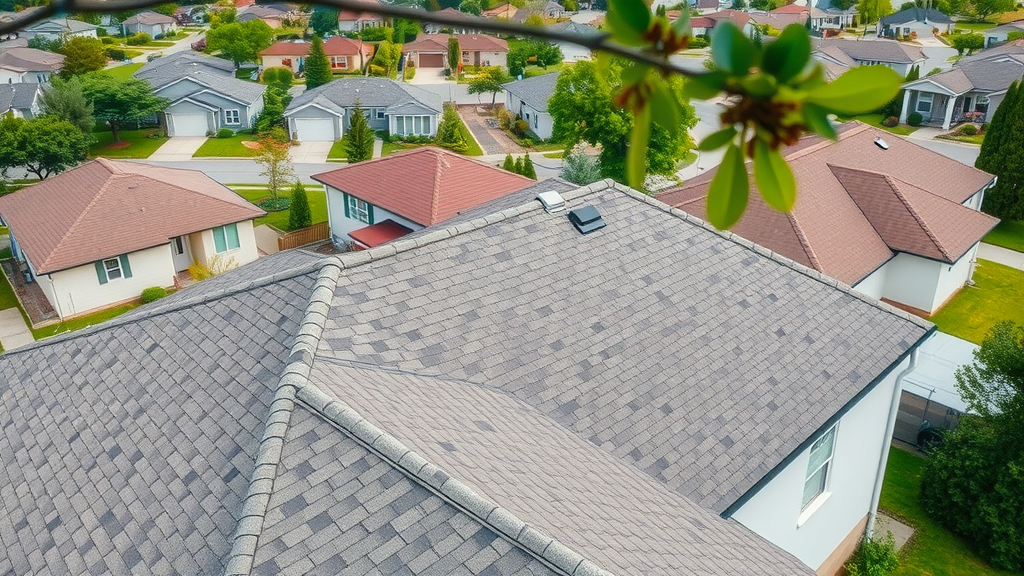
- Did you know? Neglecting roofing materials maintenance can reduce your roof’s lifespan by up to 50%. Discover how proactive care can save you thousands and keep your roof performing for decades.
Maximizing Roof Maintenance: Comprehensive Practices for Different Roofing Materials
Understanding Key Roofing Materials: Strengths, Weaknesses, and Maintenance Needs
Every roofing material—whether asphalt shingles , metal roofing , or specialized systems—has its strengths and vulnerabilities. Asphalt shingle roofs are popular for their cost-effectiveness and straightforward installation but are susceptible to damage from wind and rapid weather changes. Metal roofs excel in durability and resistance to fire and pests but require vigilance against rust and proper seam sealing. Other roofing materials like clay tiles provide a classic look and longevity but are fragile and prone to cracking if not carefully maintained.
When planning roofing materials maintenance , it is crucial to recognize your particular system’s needs. For instance, an asphalt shingle roof benefits from frequent inspections and prompt repair of damaged shingles to prevent water intrusion. Metal roofing systems demand checking fasteners and reapplying protective coatings. No matter your material, the core foundation of roof maintenance is regular attention to potential vulnerabilities—helping you protect your home from preventable issues.
- asphalt shingles
- asphalt shingle
- metal roofing
- metal roof
- roofing system
- shingle roof
Routine Roofing Maintenance and How It Prevents Costly Repairs
Ongoing roof maintenance is your primary defense against preventable roof repair expenses. With regular inspections, homeowners can spot and address minor issues such as missing or damaged shingles or small roof leaks, preventing them from escalating into expensive replacements. Simple efforts—like cleaning gutters and removing debris—enhance drainage, protecting roofing materials from water damage.
Professional roofers recommend scheduling maintenance at least twice a year. These regular inspections help catch early signs of wear and tear, particularly after severe weather events. Addressing issues such as curling shingles or rust spots on metal roofing immediately ensures you won’t face unexpected leaks or structural damage.

Roofing Materials Maintenance Checklist: Essential Steps for Every Season
To get the most out of your roofing materials maintenance , there’s no substitute for a detailed maintenance checklist . By following a regular, seasonal schedule, you can systematically care for your roof—protecting it against weather, temperature fluctuations, and biological threats like moss or algae. Properly documenting maintenance also supports warranty claims and shows future buyers your commitment to home upkeep.
From asphalt shingle roofs to metal roofing and beyond, each system requires unique yet overlapping care. Consider these steps as your guide to effective and proactive roof maintenance throughout the year.
| Task | Frequency | Applicable Roofing Material | Best Practices |
|---|---|---|---|
| Inspect for damaged or missing shingles | Twice a year & after storms | Asphalt, Shingle, Metal | Replace damaged shingles, check granules |
| Clear debris and clean gutters | Quarterly | All | Use gloves, be aware of electric lines |
| Check for rust or corrosion | Twice a year | Metal Roofing | Sand rust spots, apply sealant |
| Assess attic ventilation | Annually | All | Ensure unobstructed airflow and insulation |
| Remove moss and algae | As needed | Asphalt Shingle, Tile | Use gentle cleaning solutions, avoid high pressure |
| Inspect flashing and seals | Twice a year | All | Repair cracks, check chimney and skylight flashing |
Targeted Maintenance: How to Care for Asphalt Shingle, Metal Roofing, and More
Best Practices for Asphalt Shingle Roof Maintenance
Asphalt shingle roofs remain the most common in the U.S., but they need consistent care to prevent premature aging. Begin with regular inspections —check for curled, cracked, or missing shingles that might compromise your roofing system. Promptly repairing damaged shingles keeps water from reaching the roof deck, reducing the risk of leaks and water damage.
Clearing debris, such as fallen leaves or branches, prevents moisture buildup, which can lead to moss growth and subsequent shingle decay. Always check for signs of algae or moss, and clean with gentle, manufacturer-recommended solutions to avoid further wear and tear. Importantly, avoid power washing, as it can dislodge granules from the shingles. A well-maintained asphalt shingle roof can last over 20 years, maximizing your investment.
- Regular inspections
- Repairing damaged shingles
- Clearing debris
- Preventing moisture and moss
Critical Steps in Metal Roof Maintenance and Longevity
Metal roofing systems offer outstanding longevity—sometimes exceeding 40 years if properly maintained. One of the most crucial tasks is checking fasteners : loose or missing fasteners can lead to leaks, gaps, and wind damage. Pay special attention to seams and flashing for any breaks or weak spots that may compromise the roofing system.
Rust is another concern for metal roofs. Address any signs of corrosion promptly by sanding the area and applying a recommended roof sealant or touch-up paint. For optimal metal roof maintenance , consider recoating every few years to add another barrier against moisture. Always keep seams well-sealed to prevent water penetration and ensure the roof remains watertight year-round.
- Checking fasteners
- Addressing rust
- Recoating
- Keeping seams sealed
Roofing System Upkeep: Protecting All Roofing Materials from Ice Dams and Moisture
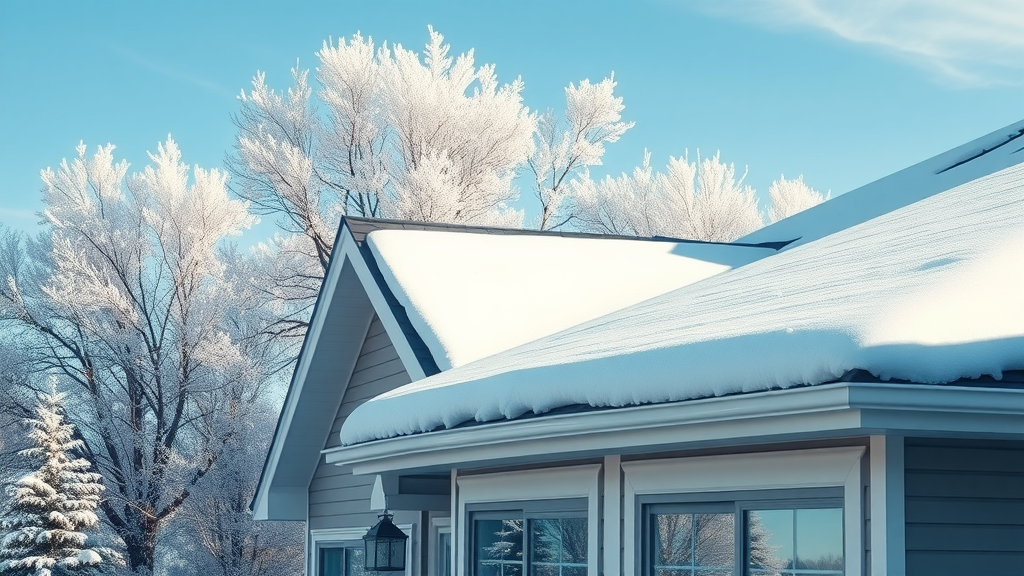
Winter brings unique challenges for every roofing system, especially the risk of ice dams . When snow accumulates on the roof and then melts and refreezes at the edges, ice dams form—preventing proper drainage and causing water to back up into the roof deck and attic. Effective roofing materials maintenance means prepping your roof in fall to minimize these risks. Ensure the attic remains well-ventilated, and insulation levels are consistent to minimize heat loss. Remove snow safely with a roof rake to reduce the load and ice dam potential.
Proper attic ventilation enhances your roof's ability to shed snow and resist ice dam formation. It also helps prevent moisture buildup that can damage all types of roofing materials. If you notice icicles hanging from your eaves or damp spots in your attic, act quickly—these are often early signs of poor ventilation or insulation, both of which are fixable with targeted maintenance.
Preventing Ice Dam Formation: Practical Strategies
To efficiently prevent ice dams, ensure your attic is properly insulated to keep heat from escaping and melting rooftop snow unevenly. Inspect the roof and eaves before winter to clear any existing debris that could impede water flow. Install ice and water shields along critical overhangs and valleys of your roofing system preemptively—this is particularly effective for both asphalt shingle and metal roofing. Remember, keeping gutters clean year-round supports optimal water drainage, further reducing the risk of ice dam formation.
Improving Attic Ventilation to Enhance Roofing Performance
Healthy attic ventilation is a cornerstone of long-term roof maintenance. Use ridge vents, soffit vents, or gable vents to maintain steady airflow and prevent heat and moisture accumulation in the attic. Not only does this support ice dam prevention, but it also minimizes the risk of mold and rot—protecting the roof deck, roofing materials, and indoor air quality. Regularly inspect ventilation components as part of your seasonal maintenance checklist and consider upgrading insulation if you notice temperature imbalances or persistent moisture issues in your roofing system.
Roofing Materials Maintenance Through Regular Roof Inspections
Routine Roof Inspections: What to Look For and When
The cornerstone of any roofing materials maintenance program is a regular inspection schedule. Homeowners should aim for at least two formal inspections each year—ideally in spring and fall—and after major storms. During these checks, look for signs of surface damage, loose or missing shingles, deteriorated flashing, and potential water intrusion points.
Focus on trouble spots: valleys, roof edges, and areas around chimneys and skylights. Pay attention to algae growth, damaged shingles, and pooled water on flat roofs. Document any discovered issues and take immediate action—preventive measures now are far more affordable than major roof repair later. When in doubt, consult a professional roofing contractor for a thorough evaluation.
Early Detection and Roof Repair: Tackling Small Issues Before They Escalate
Early detection through regular inspections allows for timely roof repair and prevents the spread of damage across your roofing system. Addressing minor leaks, worn seals, or isolated patches of damaged shingles as soon as they appear is critical. Small problems, if neglected, can quickly turn into major issues—leading to leaks, insulation damage, and even structural decay.
A simple fix, such as resealing flashing or patching a minor shingle tear, can stave off the need for roof replacement and protect your home from expensive water damage. Always use materials compatible with your roofing system to avoid voiding warranties or causing new issues. Consider scheduling professional roof inspections or hiring a certified roofing contractor for complex jobs, especially on metal or tile roofs.
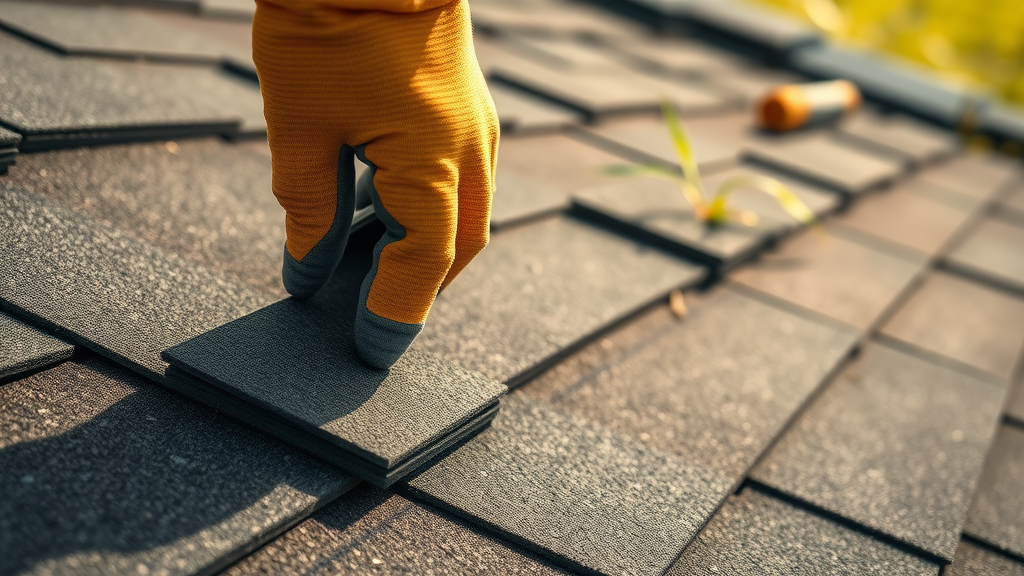
People Also Ask: Roofing Materials Maintenance FAQs
What maintenance does a roof need?
- Cleaning gutters, removing debris, checking for surface damage, and examining flashing and seals are all fundamental maintenance tasks. Each step ensures water flows off the roof properly and helps avoid potential leaks and structural issues in the long run.
What is routine roof maintenance?
- Routine roof maintenance is regular, scheduled care—inspections, cleaning, and minor repairs—that prevents deterioration. Homeowners benefit by catching issues early and extending the service life of their roofing system and materials.
What is general roof maintenance?
- General roof maintenance covers all recurring tasks such as cleaning, inspections, caulking, and minor repairs. By consistently addressing these, you keep your roofing materials in good condition and reduce the likelihood of severe weather-related damage or premature replacement.
Is $30,000 too much for a roof?
- Typically, the average cost for a new residential roof ranges from $8,000–$20,000 depending on size, materials, and labor. $30,000 might be justified for larger, complex, or high-end roofing materials, but always seek multiple quotes to ensure you get the best value.
Maintaining Different Roofing Materials: Tips and Strategies by Material
Caring for Asphalt Shingles: Dos and Don’ts
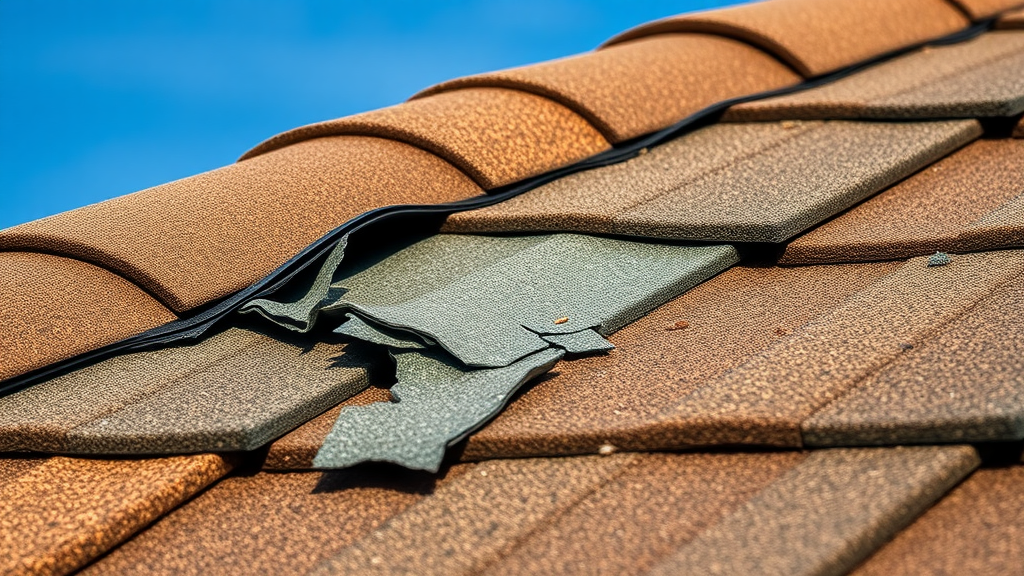
When it comes to asphalt shingles , regular visual inspections are your first line of defense. Do look for signs of curling, cracking, or missing granules—these indicate wear and expose your roof deck to leaks. Don’t ignore moss or algae growth, as organic buildup can loosen shingles and accelerate decay. When cleaning, use soft brushes or specialized solutions instead of harsh chemicals, which could erode protective coatings and shorten the roof’s life.
Avoid walking on your asphalt shingle roof whenever possible; foot traffic can damage granules and increase the risk of loose or broken shingles. If you spot missing or damaged shingles, arrange for prompt replacement to stop small leaks from turning into major water damage. Lastly, always keep your gutters clear to ensure that rainwater drains away from the roof, preventing backup and decay.
Optimal Maintenance for Metal Roofing to Prevent Early Failure
Metal roofing requires care that goes beyond visual inspection. Regularly check for loose screws or fasteners, especially after windstorms, as these may lead to leaks or panel shifting. Clean the surface periodically with water and a gentle detergent to prevent buildup of debris that can trap moisture and cause corrosion.
Inspect all seams, overlaps, and flashing for signs of separation or compromised sealant. Address rust promptly to stop it from spreading; for minor spots, gently sand and touch up with an appropriate metal roof paint. Maintaining a strong protective coating, and sealing joints as necessary, ensures your metal roofing resists the elements and serves you for decades.
Unique Challenges in Flat Roof and Tile Roof Maintenance
Flat roofs and clay tile roofs introduce unique maintenance needs compared to pitched systems. Flat roofs tend to accumulate standing water, debris, and vegetation—the result can be rapid membrane deterioration or destructive leaks. Schedule routine inspections to check for punctures, membrane blisters, or pooling that could threaten the structure beneath.
Clay tile roofs, prized for their durability and appearance, are prone to cracking from physical impact or freeze-thaw cycles. Avoid walking directly on clay tiles wherever possible, and replace broken tiles promptly to prevent water infiltration and roof deck degradation. Periodic professional cleaning keeps these elegant roofing materials free of moss and surface buildup, supporting their natural longevity.
Roofing Materials Maintenance: Avoiding Common Mistakes
- Delaying repairs
- Ignoring small leaks
- Improper cleaning methods
- Using incompatible chemicals
- Overlooking attic ventilation
Many homeowners undermine their own roofing materials maintenance efforts by repeating easily avoidable mistakes. Delaying minor roof repairs or neglecting small leaks almost always results in costlier issues and possible roof replacement in the future. Additionally, improper cleaning methods, such as using a pressure washer on asphalt shingles, can compromise protective coatings or force water under the shingles. Use only recommended cleaners specific to your roofing material.
A common error is overlooking attic ventilation—insufficient airflow leads to excess heat and moisture, which can damage roofing materials from beneath and foster mold growth. Always include attic checks in your maintenance routine to maximize both comfort and structural stability of your home.
Expert Insights: Quotes on Roofing Materials Maintenance from Industry Leaders
"Consistent roofing materials maintenance can double the effective life of your roof—saving you tens of thousands of dollars over a lifetime." – Roofing Industry Expert
Lists of Top-Rated Products and Tools for Roofing Materials Maintenance
- Best roof sealants for metal roofing (e.g., urethane, acrylic products)
- Essential tools for asphalt shingle roof maintenance (soft-bristled brush, roof rake, caulk gun, safety harness)
- Recommended attic ventilation products (ridge vents, soffit vents, attic fans)
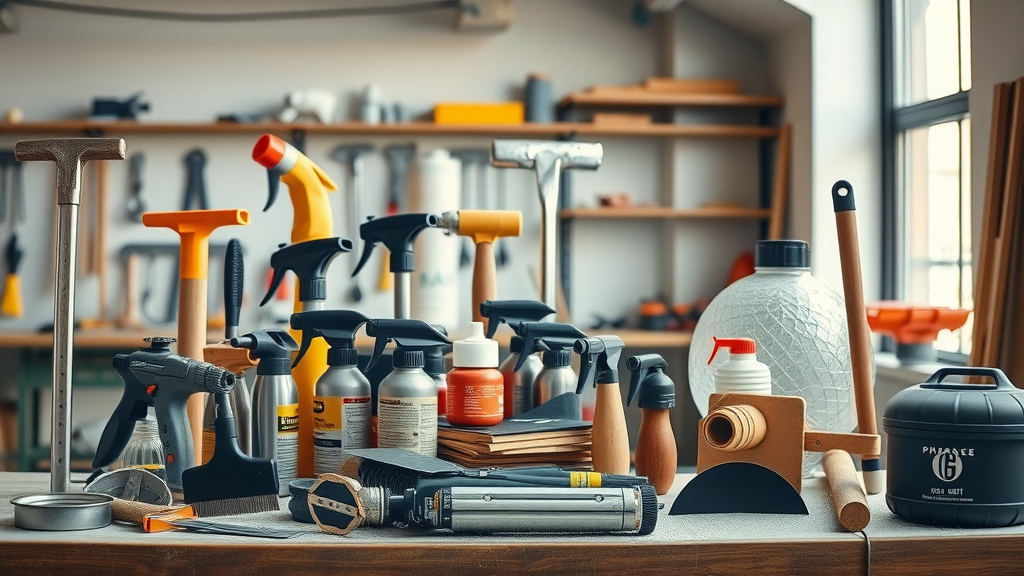
Watch: Demonstration of a professional roofer performing a comprehensive roof inspection on an asphalt shingle roof, with narration highlighting key inspection points and best practices.
Step-by-step video repair guide ensures homeowners can tackle minor shingle repairs with confidence, using proper techniques and materials.
This practical video covers the best methods to boost attic airflow and reduce risks of ice dams and moisture buildup—key to long roof life.
Frequently Asked Questions on Roofing Materials Maintenance
- How often should I inspect my roof? Bi-annual inspections—every spring and fall—are recommended, with additional checks after major storms.
- Can I maintain roofing materials myself or should I hire a professional? Many basic tasks like clearing debris or checking for surface damage can be DIY, but complex repairs are best left to a qualified roofing contractor.
- What impacts roof lifespan most besides maintenance? Key factors include quality of installation, attic ventilation, local weather extremes, and the specific roofing material used.
Roofing Materials Maintenance: Key Facts and Takeaways
- Proactive roofing materials maintenance prevents premature failure.
- Each roofing material requires unique care.
- Document maintenance for warranties.
- Don’t overlook attic ventilation.
Protect Your Roof Investment: Contact Us for Expert Roofing Materials Maintenance Advice
- Call Today for more information (214) 500-8787
Take action: Set a regular inspection schedule, use the right products, and never ignore small roof problems—your roofing materials maintenance today ensures a safer, more valuable home tomorrow.
Maintaining your roof is essential to ensure its longevity and protect your home from potential damage. Regular inspections, cleaning, and timely repairs can prevent costly issues down the line.
For a comprehensive understanding of various roofing materials and their maintenance needs, consider reading “10 different types of roofing – and how to pick the best one for your home” . This guide details popular roofing materials, helping homeowners make informed decisions based on budget, climate, aesthetics, and long-term performance.
Additionally, “Roof Maintenance Tips To Extend Your Roof’s Life Span” offers practical advice on regular inspections, cleaning gutters, and addressing minor repairs to keep your roof in optimal condition.
By incorporating these resources into your maintenance routine, you can ensure your roof remains durable and functional for years to come.
 Add Row
Add Row  Add
Add 




Write A Comment